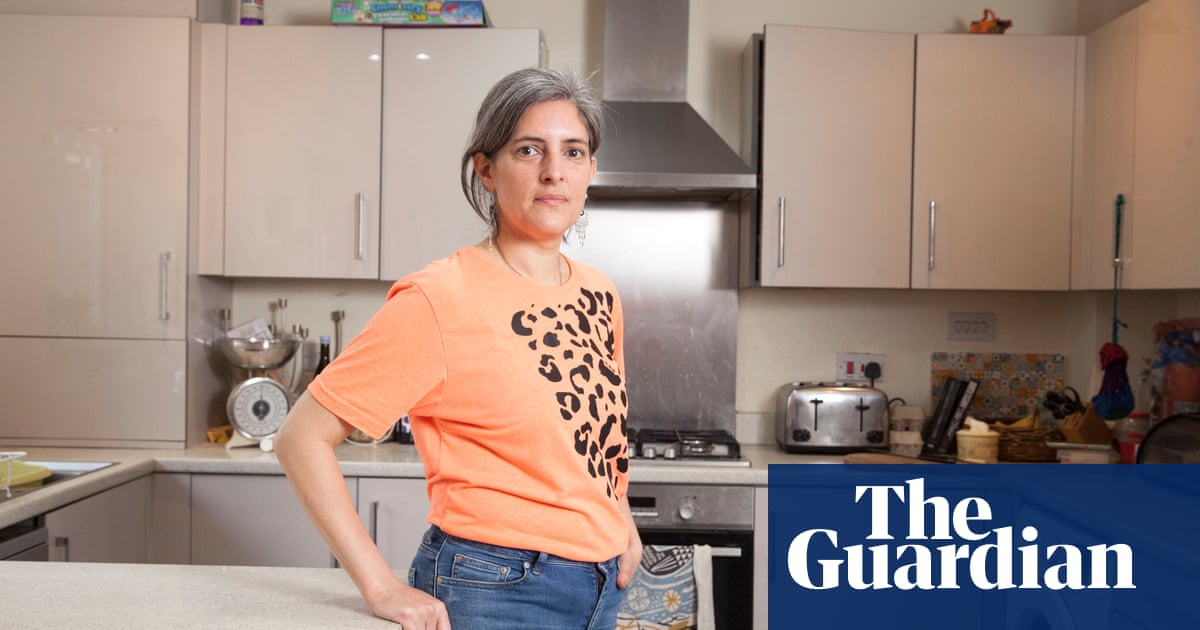
For 27-year-old Olly Brown, the impact of Scotland’s rent cap on his bank balance is indivisible from the effect on his peace of mind. “It’s the longest I’ve lived in the same place for the whole of my adult life,” says the market researcher, who rents a one-bedroom flat near Haymarket in Edinburgh.
“I never thought that a rental property could feel like a home,” he says, “but now I have plants and I’ve been able to decorate a bit. It actually feels like my place.”
In September 2022, the Scottish government introduced a cap on all in-tenancy rent increases in the private rented sector. The emergency legislation, which also included protections against eviction, was intended as a temporary response to the cost of living crisis, and was led by the SNP’s governing partners, the Scottish Greens.
It sets the cap at 3% in a single year, although a landlord can enter a tribunal process to increase rent up to 6% if they are able to prove extenuating hardship. In practice this has rarely been attempted.
“The cap is a reassurance that I’m not going to face a huge hike,” says Brown. He knew from friends that it was getting harder to find affordable properties in the city centre as more people returned to the office after the pandemic. “When I look at similar properties, they’re going for £200-£300 more than I’m paying per month. But because of the cap, I don’t have a constant lingering worry about when I have to move out.”
Ariane Burgess, the Scottish Greens’ housing spokesperson, says the rent cap has been “one of the most significant pieces of work that we’ve done” since coming into government. “It’s giving people stability and security during the cost of living crisis and it’s saved individuals hundreds of pounds.”
She is quick to point out that despite growing outcry about cavalier treatment of tenants’ rights, no other part of the UK has considered such a cap. “Scotland is leading the way in this regard. But we’re also making Scotland normal in terms of other EU countries, where the rented sector is bigger and much better regulated.”
Announcing his programme for government this autumn, the first minister, Humza Yousaf, announced a housing bill to introduce long-term rent controls and new tenant rights, which is expected to come before a Holyrood committee next summer.
But the situation in the Scottish capital, in particular, has reached crisis point, with Edinburgh city council formally declaring a “housing emergency” on 2 November, citing record homelessness figures, a chronic shortfall of social rented homes and the highest inflation in the private rental sector in the whole of the UK, at 13.7%.
With the emergency measure due to expire in March, tenants such as Brown who have benefited from the cap are worried about what will happen until the new legislation comes into force.
Others who should have been helped by the cap have discovered significant loopholes that they are urging the government to deal with before the change is made permanent.
“Yes, Scotland has a form of rent control,” says Ruth Gilbert, the national campaigns chair of the Scotland-wide tenants’ union Living Rent, “but it doesn’t do anything to solve the serious crisis that has been ongoing for decades now, where we’ve seen huge rent increases across the country.”
Gilbert says the union’s community meetings in Glasgow and Edinburgh regularly hear of cases where loopholes in the rent cap were exploited. When one member of a house or flatshare moves on, for example, there is nothing to prevent the landlord putting up the rent significantly for the new and remaining tenants.
“Week in, week out we hear about letting agents increasing the rent because one tenant moved out of a share so the tenancy has been broken,” Gilbert says. In Living Rent’s proposed new deal for tenants is a call to give joint tenants the same rights as sole tenants.
Similarly, Living Rent often hears about landlords giving tenants notice, claiming they intend to sell their property, only for it to reappear on the market a month later at a vastly inflated rental price.
“A lot of them are just chancing it because the penalties in place aren’t severe enough,” Gilbert says.
As the Guardian reported in September, figures from Zoopla suggest Scotland’s landlords have used a loophole that lets them exceed the cap if they are drawing up a new tenancy agreement, with new tenancy costs up 12.7% in the year to July – more than in the next hottest markets, in London and north-west England.
Living Rent’s new deal also proposes universal rent controls to bring rents down rather than simply stabilising a broken system, as well as greater protections against eviction.
At a Living Rent branch meeting at the Fountain cafe near Edinburgh’s West End, new faces who have come seeking practical advice are welcomed and there are groans at the mention of a notorious local landlord.
The rent cap is great but only up to a point, says Forest Mahi’ai, a 29-year-old student. Her landlady initially told her she was planning to sell, then offered a new tenancy contract with a £300-a-month increase.
“She’s called 10 times in the past 24 hours but she won’t answer on email because she knows what she’s doing is a bit sketchy,” she says.
Mahi’ai says she had hoped to finish her university course in the same place. “I share with my partner and we could make it at a squeeze, but it prevents us saving to buy our own property.”
Mark Perrie, 27, a developer, had been living with his parents during the pandemic when he found a “cheapish” flat in Edinburgh. He got in touch with Living Rent when he found himself with a broken boiler and a letting agent who would not answer his calls.
“I felt like an asset being traded about to get more cash out of me,” he said. “Most people don’t know much about the tenancy system so the union is a good way for regular people to empower themselves. There’s a real clamour for change.”












